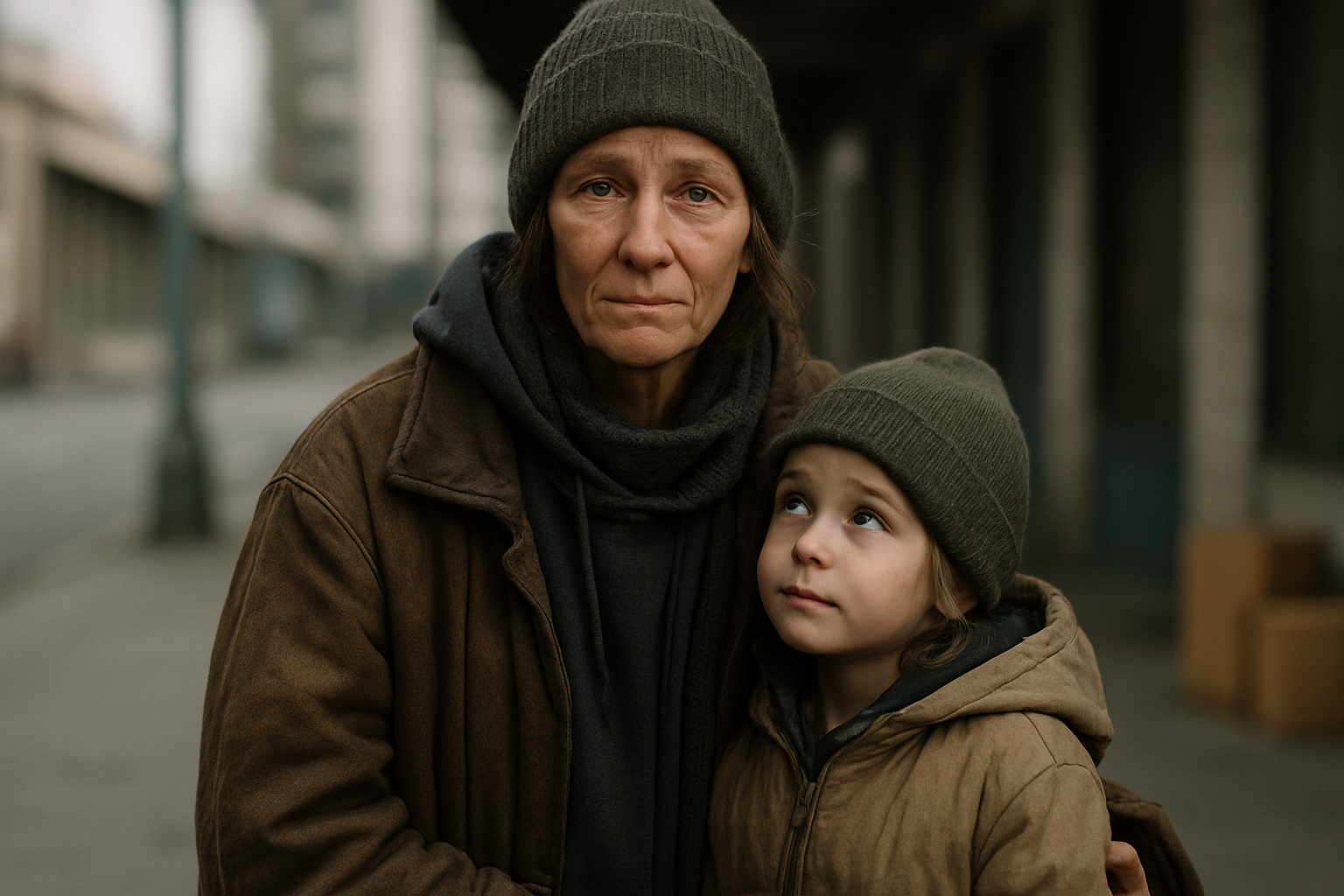As millions of students and families gear up for a new school year, a controversial executive order signed by President Trump is drawing sharp criticism—and for good reason. The order eases federal restrictions on forcibly institutionalizing homeless individuals with mental illness, allowing law enforcement and local governments broader authority to hospitalize people without their consent.
Supporters claim the move addresses “public safety and humanitarian care,” but critics argue it erodes personal autonomy, lacks emotional intelligence, and mirrors dark chapters in U.S. history.
Let’s unpack the implications of this policy—especially as our communities prepare for the start of a new academic year.
A Clash Between Compassion and Control
The new executive order allows:
- Local governments to detain homeless individuals without a criminal charge.
- Mental evaluations by non-clinicians or law enforcement personnel.
-
Longer involuntary hospital holds with fewer legal hurdles.
While aimed at visible urban homelessness, mental health experts say the policy risks retraumatizing individuals who need support—not confinement.
4 Historical Oddities that Echo in Today’s Order
-
“Ugly Laws” of the 1800s
Cities once banned people with disabilities or deformities from being seen in public. This policy echoes that dehumanizing view of poverty and mental illness.
-
The Era of Mass Asylums (1930s–1950s)
Thousands were institutionalized under vague diagnoses like “hysteria” or “melancholia,” often with no legal defense. Many never came out.
-
The Tuskegee Syphilis Study (1932–1972)
While not about homelessness, this study shows how vulnerable populations have historically been exploited by institutions in the name of "care."
-
The Reagan-Era Deinstitutionalization (1980s)
Closing mental hospitals without reinvestment in community care created the first modern homelessness surge—a failure now being reversed with force instead of foresight.
Why This Matters for the New School Year (Aug–Sept 2025)
-
More Families Are Housing-Insecure
Rising inflation and rent costs have made some students and their parents homeless. This order puts them at risk of involuntary holds instead of support.
-
Mental Health Stigma in Schools
This policy may send the wrong message to students: that mental illness equals danger, reinforcing shame rather than healing.
-
Teens and Runaways Could Be Targeted
Youths living on the streets to escape abuse or unsafe homes may now face institutionalization rather than intervention.
-
School Counselors Face Greater Pressure
With school mental health grants being cut, counselors will need to do more with less—while being caught in a system that criminalizes the very kids they try to help.
-
Classroom Conversations on Empathy
Teachers will have an opportunity—and a responsibility—to talk about empathy, autonomy, and social justice in real-world civics lessons.
5 Current-Day Effects We’re Already Seeing
-
Spike in Emergency Room Admittance
Hospitals are reporting a surge in ER visits due to increased forced mental health holds, straining already overwhelmed systems.
-
Fear Among the Unhoused
Homeless communities in cities like Los Angeles and Houston report living in fear of arrest or disappearance into psychiatric holds.
-
Increased Police Involvement in Mental Health
Law enforcement now plays a more central role in determining who is “mentally unfit,” often without proper training or compassion.
-
Blurring of Medical Ethics
Doctors and social workers are being pushed into compliance with orders that challenge ethical standards around consent and care.
-
Public Backlash and Legal Challenges
Civil rights groups are mounting lawsuits, calling the policy unconstitutional and inhumane. Protests have already taken place in San Francisco and Washington, D.C.
Want to Learn More?
Here are 4 helpful resources to dive deeper:
-
Washington Post: “Trump’s Homelessness Order Sparks Legal & Medical Concern”
A breakdown of what’s in the order and who it affects.
-
National Alliance on Mental Illness (NAMI)
Offers advocacy tips and support for those facing forced hospitalization.
-
“Crazy: A Father’s Search Through America’s Mental Health Madness” by Pete Earley
A must-read on how the system often fails the very people it claims to protect.
-
Mental Health America – Policy Tools
Understand the risks and rights associated with involuntary mental health care.
Fortify This!
At Club Fortified, we believe that emotional intelligence isn't just a personal trait—it should be a public policy value. Compassion, respect, and dignity must be at the center of how we care for the most vulnerable in our society.
As we send our kids back to school, we should also be teaching them that being different, being poor, or struggling mentally does not mean someone should be locked away.



0 comments